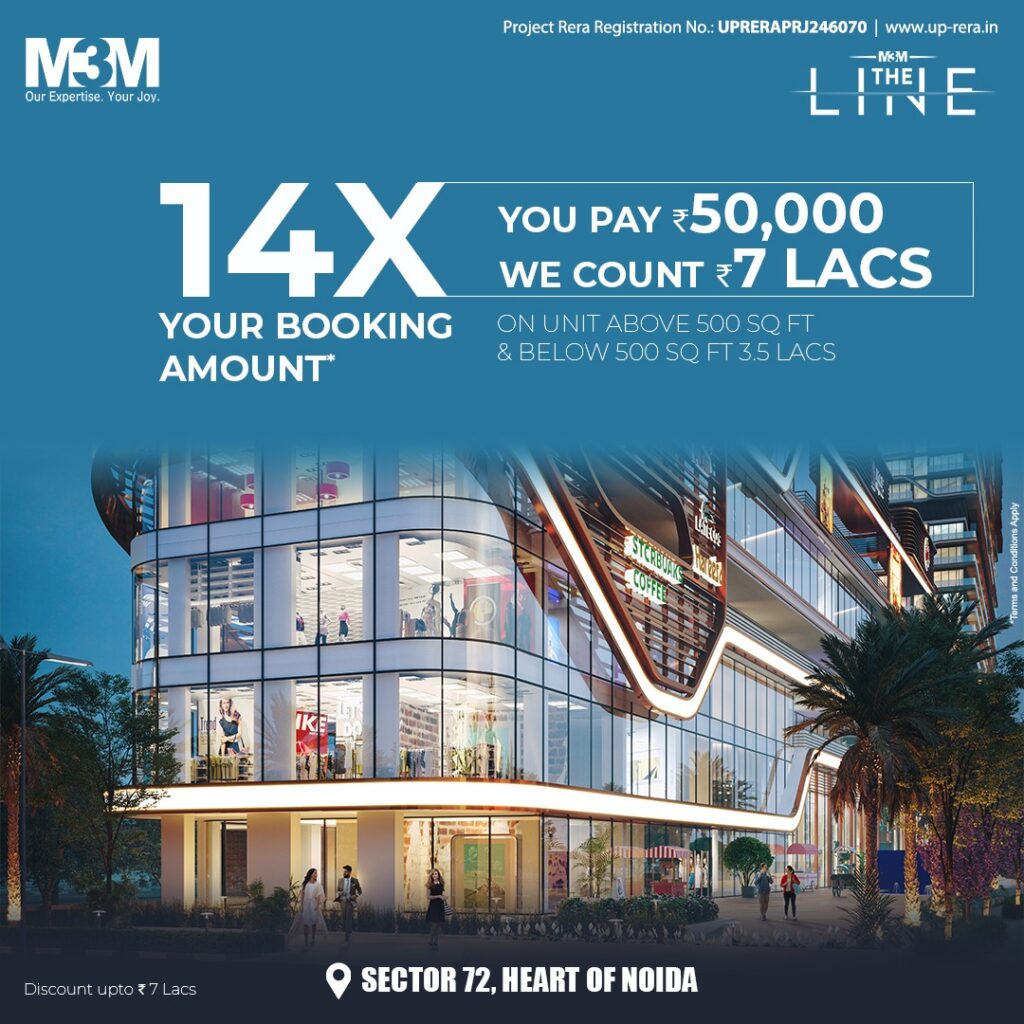In our fast-paced world, the transportation industry is a vital component of global economies, connecting people, goods, and services. While many advancements in transportation often grab the spotlight—such as electric vehicles, high-speed trains, and innovative aircraft—one material remains the backbone of this industry: steel. This article explores the crucial role steel plays in modern transportation, highlighting its properties, applications, and contributions to safety, efficiency, and sustainability.
The Strength of Steel: A Foundation for Transportation
Steel is an alloy primarily composed of iron and carbon, and it exhibits remarkable strength, durability, and versatility. These characteristics make it an ideal material for various transportation applications, including automobiles, railways, ships, and aircraft.
- Strength and Durability: Steel’s high tensile strength allows it to withstand the forces and stresses experienced during operation. This durability ensures that vehicles and infrastructure can endure heavy loads, harsh weather conditions, and prolonged use without compromising safety.
- Weight-to-Strength Ratio: Advances in steel manufacturing have led to the development of high-strength steel (HSS) and advanced high-strength steel (AHSS), which offer excellent strength while being lighter than traditional steel. This property is particularly important in the automotive and aerospace industries, where reducing weight can lead to improved fuel efficiency and performance.
Applications of Steel in Transportation
Steel is an integral component of various transportation modes, each benefiting from its unique properties:
1. Automotive Industry
The automotive sector is one of the largest consumers of steel, utilizing it for nearly every part of a vehicle, including:
- Chassis and Body: Steel provides the structural integrity required for vehicle safety, protecting occupants during collisions. The use of high-strength steel in the chassis and body panels enhances crashworthiness while allowing for lighter designs.
- Engine Components: Steel’s heat resistance and strength make it suitable for critical engine components, ensuring reliability and performance under extreme conditions.
- Suspension Systems: Steel is used in springs, axles, and other components of suspension systems, providing stability and control for safer driving experiences.
2. Rail Transportation
Steel has been a fundamental material in rail transportation for over a century. Its applications include:
- Rails: Steel rails provide the necessary strength and durability to support the weight of trains and withstand the forces generated during operation. The development of heavy-duty rails has enhanced the efficiency and safety of freight and passenger rail systems.
- Rolling Stock: Steel is used in the construction of train cars and locomotives, providing structural integrity and safety features while allowing for lighter and more efficient designs.
- Track Infrastructure: Steel is also used in track infrastructure, including switches, bridges, and signals, ensuring the smooth operation of rail networks.
3. Maritime Transportation
The maritime industry relies heavily on steel for constructing ships and vessels, thanks to its resistance to corrosion and durability. Key applications include:
- Ship Hulls: Steel hulls provide the strength needed to withstand harsh marine environments while ensuring the safety of cargo and passengers.
- Cargo Containers: Steel is used to manufacture cargo containers, which are essential for global trade. These containers are designed to be durable and secure, enabling safe transportation across various modes of transport.
4. Aerospace Industry
While aluminum is often highlighted for its lightweight properties, steel plays a critical role in aerospace applications:
- Engine Components: Steel is used in various engine components due to its strength and ability to withstand high temperatures, ensuring reliable performance.
- Landing Gear: The landing gear of aircraft requires materials that can endure significant stress and impact during takeoff and landing. Steel’s strength and toughness make it ideal for this application.
- Structural Framework: In some aircraft, steel is used in the structural framework, providing strength and stability without significantly increasing weight.
Steel and Sustainability in Transportation
As the transportation industry moves towards greater sustainability, steel remains a key player in reducing environmental impact:
- Recyclability: Steel is one of the most recycled materials globally, with over 85% of steel produced coming from recycled scrap. The recycling process requires significantly less energy than producing new steel, resulting in lower carbon emissions.
- Energy Efficiency: Lighter vehicles made with advanced steel materials contribute to improved fuel efficiency and reduced greenhouse gas emissions. In rail and maritime transportation, efficient steel construction helps minimize energy consumption over long distances.
- Durability and Longevity: Steel’s durability ensures that vehicles and infrastructure last longer, reducing the need for frequent replacements and conserving resources.
Conclusion
Steel may often be overshadowed by the latest technological innovations in transportation, but its contributions are invaluable. As the unsung hero of modern transportation, steel provides the strength, durability, and versatility required to ensure safe and efficient movement across various modes of transport. With ongoing advancements in steel technology and a growing emphasis on sustainability, steel will continue to play a pivotal role in shaping the future of transportation, helping to meet the demands of a rapidly changing world. As we navigate the challenges of the 21st century, recognizing and appreciating the essential role of steel in transportation is crucial for fostering innovation and sustainability in this vital industry.
https://steeloncall.com/tmt-bars

